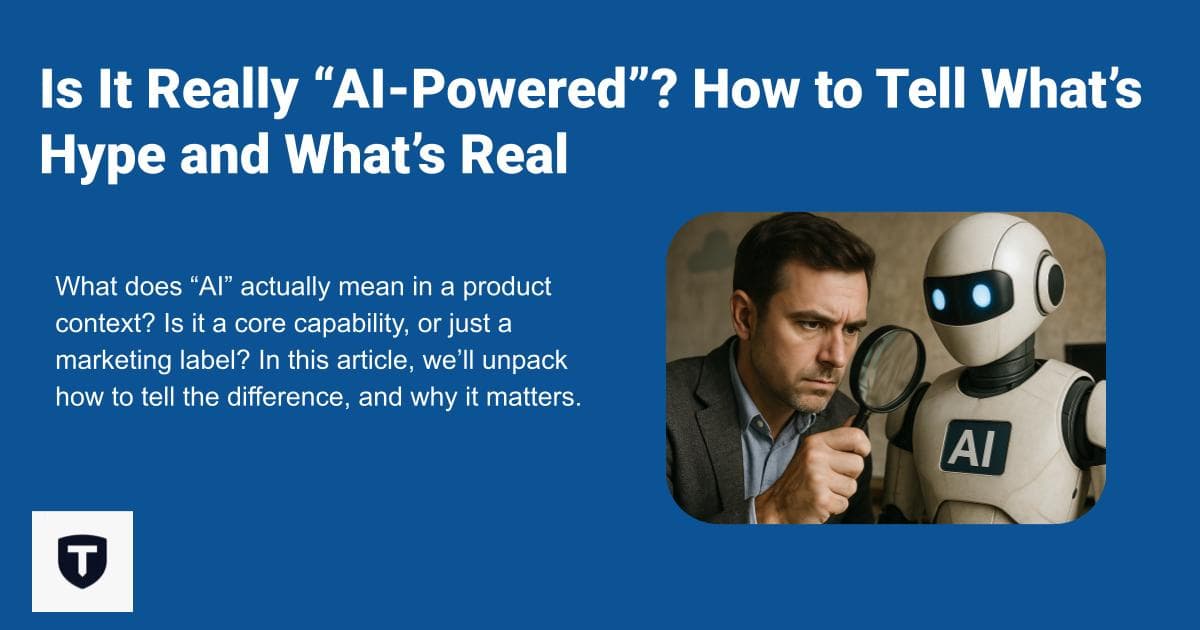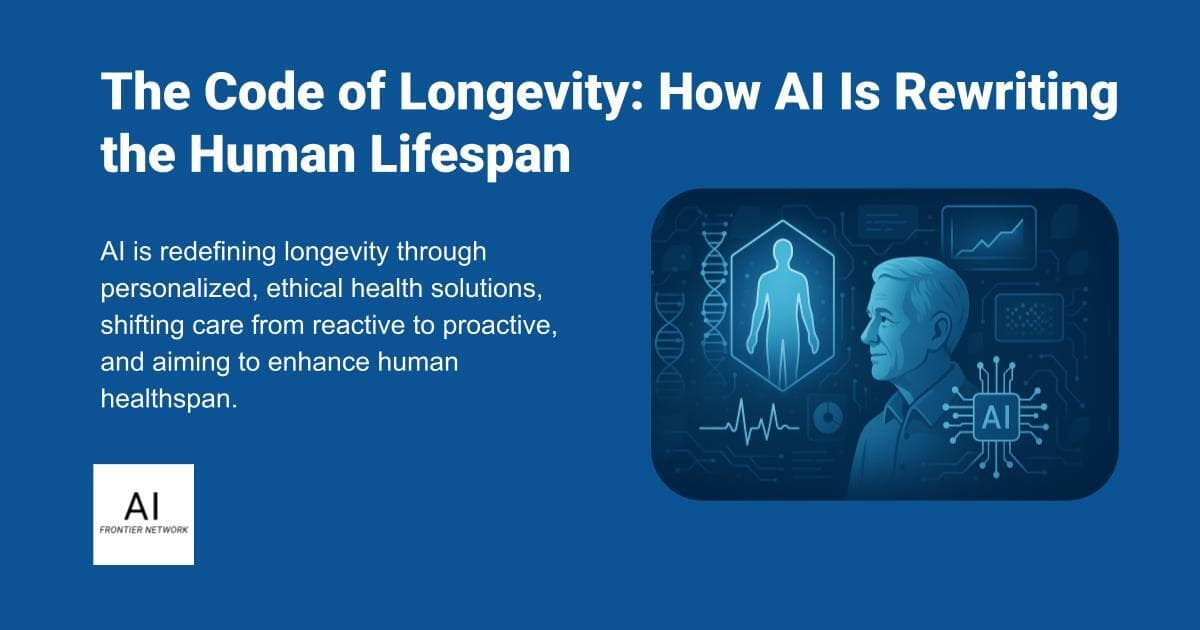In today’s product landscape, “AI-powered” is slapped on everything—from CRM add-ons to slide decks. But increasingly, that label means less than you think. Some products are built on frontier models with serious engineering behind them. Others simply call a third-party API and call it a day.
For buyers, this makes the AI market harder to navigate than ever. What does “AI” actually mean in a product context? Is it a core capability, or just a marketing label? In this article, we’ll unpack how to tell the difference, and why it matters more than ever in 2025.
The Rise of the “AI-Labeled” Product
A 2024 study by Gartner found that 68% of SaaS vendors in the productivity and collaboration space added “AI” to their product descriptions—yet only 42% of those had dedicated ML infrastructure teams. In short: AI sells, and many teams are using the label to catch attention, even if the functionality is basic or outsourced.
The most common examples:
- Scheduling Tool: Calls GPT-3.5 to generate meeting summaries.
- Writing Assistant: Paraphrases content using a prebuilt LLM wrapper.
- Basic Chatbot: Hardcoded responses with no training or retrieval model.
These products work—but they may not offer what your team thinks you're buying when you hear “AI.”
How to Spot “Thin” AI
If a product’s AI features feel like bolt-ons or one-click gimmicks, you’re likely looking at a thin integration. Here’s what to look for:
- No fine-tuning, no context: The product doesn’t adapt based on your organization’s knowledge base, documents, or past interactions.
- Generic output: You get the same results no matter who uses it.
- No model transparency: There’s no mention of which model is powering the feature—just vague “AI-enhanced” copy.
- No edge-case handling: The tool can’t answer “I don’t know” or fall back to deterministic behavior.
In contrast, robust AI products show intentional model design, context-awareness, and error tolerance.
Why It Matters: Cost, Trust, and Workflow Impact
Thin AI isn’t always bad—but it can be misleading. If you're evaluating tools for critical workflows, here's why it matters:
- Cost creep: You may be paying for tokens or API calls without realizing it.
- False trust: Users may over-rely on outputs that aren’t grounded or verifiable.
- Workflow mismatch: The tool may feel smart at first, but break under real operational complexity.
Worse, your team may spend months onboarding a product that needs to be replaced once its limitations show.
What to Ask Vendors
When vetting a product that claims to be AI-powered, ask:
- What model powers this feature—and is it proprietary?
- Is it trained or fine-tuned on our data?
- How does it handle unknowns, errors, or hallucinations?
- What’s the cost structure of AI features (e.g., token usage, metering)?
- What non-AI fallbacks exist if the model fails?
If a vendor can’t answer those clearly, that’s a signal.
Final Thoughts
In 2025, “AI-powered” isn’t a differentiator—it’s the new default. The question is no longer whether a tool uses AI, but how well it does—and whether that intelligence is real, useful, and responsible.
As the market matures, the strongest buyers won’t just chase innovation. They’ll demand transparency, evaluate architecture, and reward products that solve problems with real intelligence, not just a buzzword.





